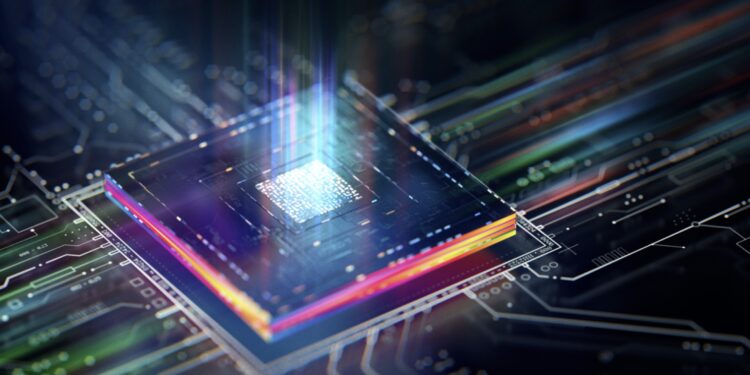With the dawn of quantum computers on the near horizon, a new era of the computing world is about to begin, and we’ll see the end of the current cryptographic tools we use to secure our data, communications and money, as very little will remain private, encrypted and secured from the eyes of hackers and cybercriminals.
With a $3.6 million award from the National Science Foundation (NSF), a team of researchers is building a new kind of “physics-inspired” encryption that they believe could stop this wave of cyberattacks.
At the heart of this pioneering work is a flywheel known as Encrypted Operator Computations (EOC). This approach is a crosstalk between physics, computer science and mathematics is striving to realize a cryptographic “holy grail”: computing on encrypted data. It could enable processing information without ever decrypting sensitive data, which would be a major boon to privacy and security.
Lead researcher Andrei Ruckenstein, a BU College of Arts & Sciences Distinguished Professor of Physics, stresses the importance of undertaking this effort quickly. “We’re in an era where the leading edges of what can be done computationally draws from the intersections of classical and quantum computing, AI and data security,” says Ruckenstein.
The most pressing problems in these areas, including things like securing cryptographic systems against quantum attack or securing information over distance with ever-increasing demands on scaling, can’t be met by current encryption and security technologies.
The novel BU team approach views computational complexity as a thermodynamic quantity. Just as heat or energy can diffuse around through a physical system, they work to “disorder” computer circuit gates to make it so it’s impossible to learn information. Although EOC is supposed to work on classical computers, its intuitional leap comes directly from quantum computation basis.
“Our method should be naturally secure against classical and quantum attacks,” Ruckenstein says, emphasising the long-term prospects for this technology. If successful, such work could help to restore public trust in AI systems and facilitate new opportunities for data-driven, socially responsible innovation in a quantum-threatened world. This physics-first approach is a major stepping stone in the direction of a more secure and future-proof cybersecurity scenario.
















